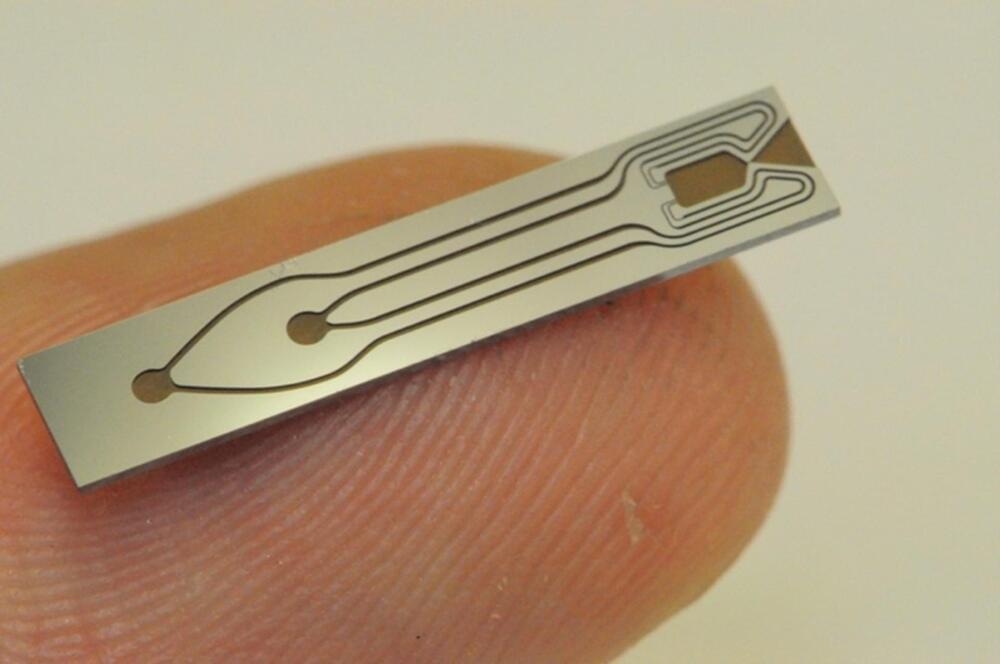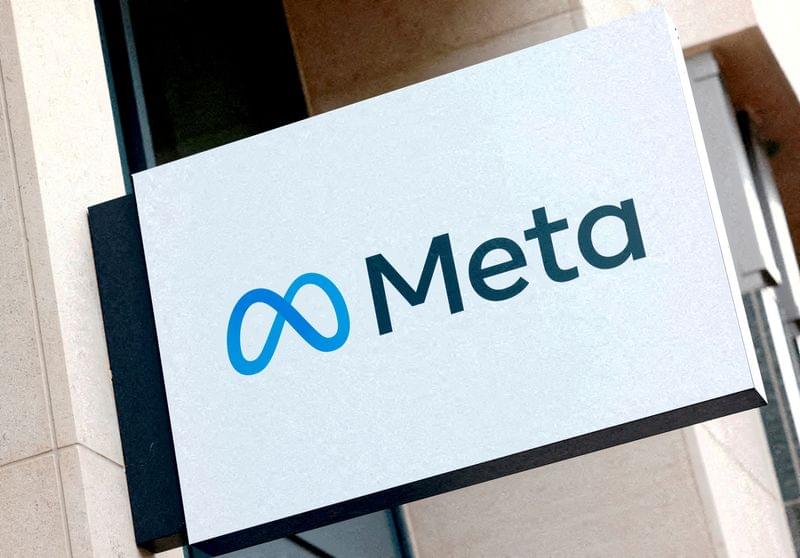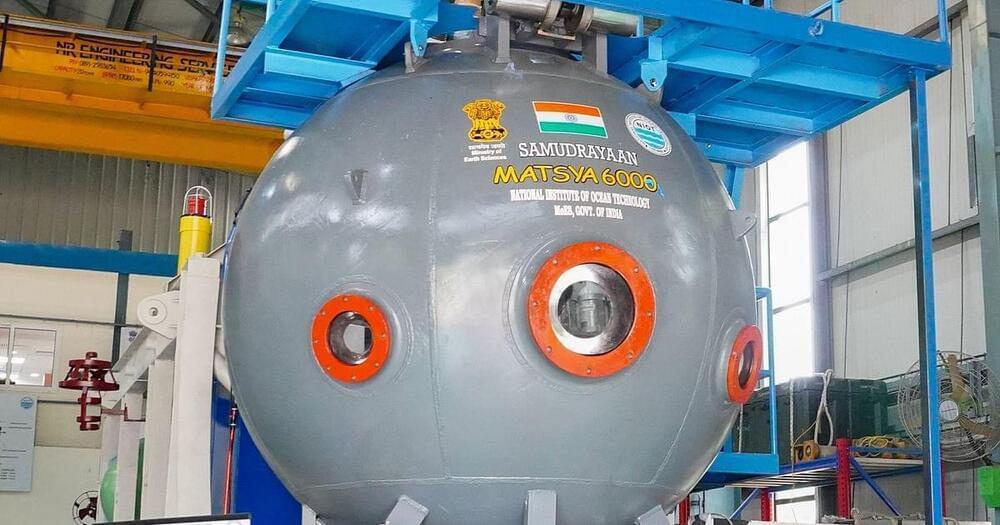The curvature of space-time around a colossal mass has yielded the most detailed measurement of the cosmic distribution of dark matter yet.
Aided by a gravitational lens, a team led by cosmologist Kaiki Taro Inoue of Kindai University in Japan has mapped the mysterious form of matter on the smallest scale we’ve ever seen, with a resolution of just 30,000 light-years.
That might seem large, but when you consider that the Milky Way is about 100,000 light-years across, it’s more impressive. The researchers have been able to map something we can’t even see down to a scale less than a third of the size of our galaxy, across more than 7.5 billion light-years. That’s amazing.








